ENGLISH-FON-GNM UNIT-4 PART-3 OBSERVATION AND COLLECTION OF SPECIMENS (UPLOAD)
Specimen collection
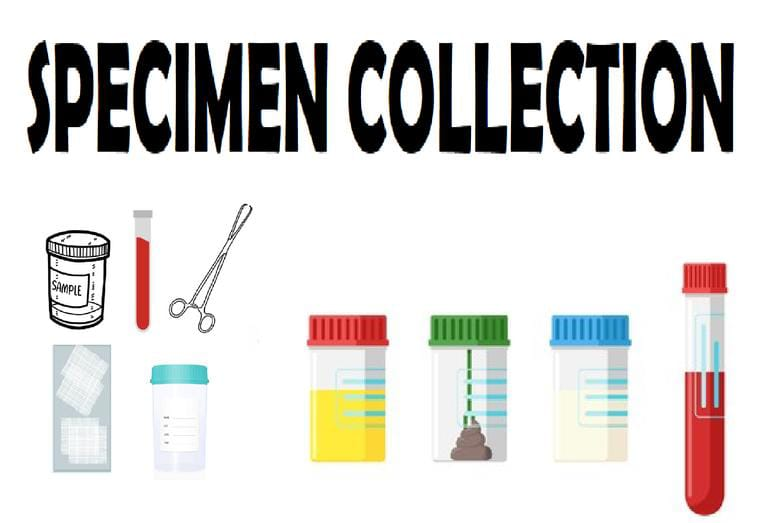
• Specimen collection is a process in which different specimens of a patient are collected and obtained.
• Specimen collection is a process in which different types of specimens are collected such as blood, urine, stool, other body fluids, etc.
• These specimens are collected for diagnostic or therapeutic purposes.
• This sample provides guidance for identifying diseases, monitoring health conditions, and making treatment decisions.
Write down common types of specimen collection

Blood
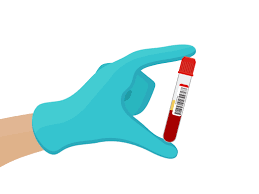
Blood specimen is the most collected specimen because many tests are performed from blood samples.
Urine
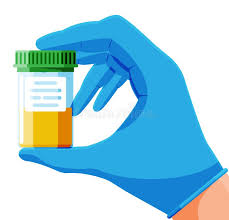
A urine specimen is collected to check the specific gravity, color, pus cells, epithelial cells, urine sugar, urine protein, etc. of the urine.
Stool
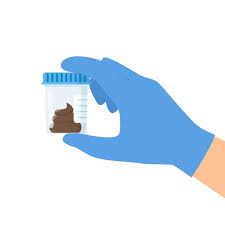
A stool specimen is collected to check if there is any infection, parasite, blood etc. present in the stool.
Sputum (स्पुटम)
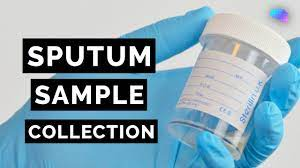
A sputum specimen is collected from a patient with respiratory tract problems.
Swab
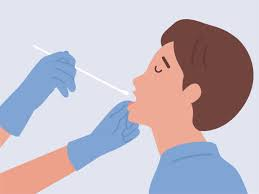
Secretions are collected from the throat, nose, wound and genital areas using swabs.
Biopsy
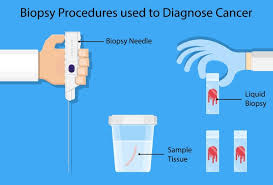
Suspected tumor In this case, a sample of cells is collected from this tumor.
Other body fluids (Other body fluid)
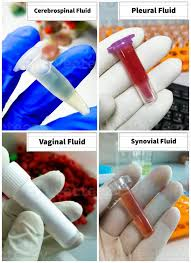
Other Body fluid specimens such as cerebrospinal fluid, pericardial fluid, saliva, etc. are also collected.
Write down general guidance for specimen collection
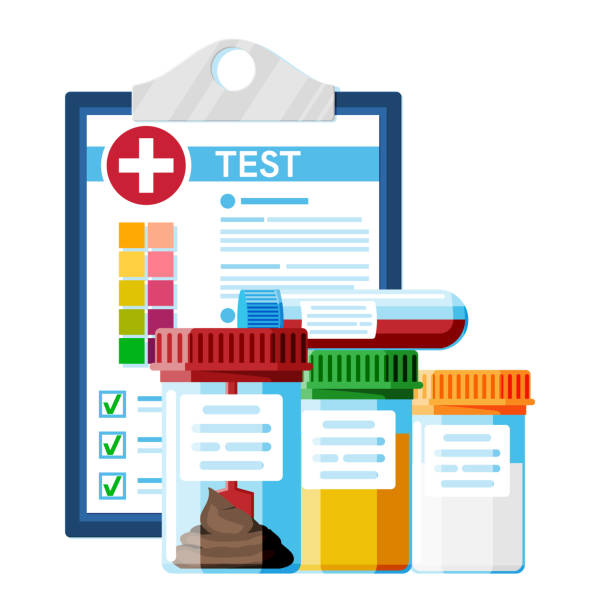
• Always use gloves while collecting the specimen. So that the specimen i.e. direct body fluid contact can be prevented.
• Explain to the patient the purpose of collecting the specimen, the process and method of collecting the specimen, and the time of collecting the specimen.
• Collect the necessary articles and equipment for collecting the specimen.
• Identify the patient twice, such as asking for the patient’s name, date of birth, or bed number to clarify.
• Mention the date and time correctly on the container.
• Keep the collected specimen in its container. During this, take special care not to touch the outer surface of the container so that the specimen can be prevented from being contaminated.
• Take precautions to prevent leakage of this specimen. Therefore, cover the specimen tightly and see whether this container is properly labeled or not.
• Send all the specimens to the laboratory promptly. During this time, keep a close eye on the temperature and time.
Urine collection (Urine collection)
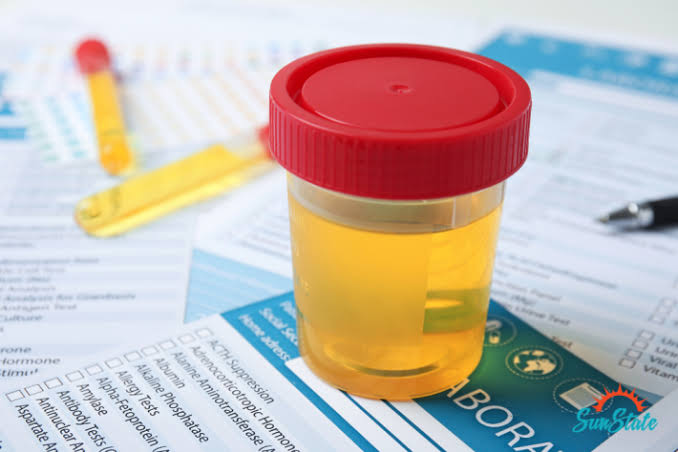
Urine collection is a process in which urine from a patient is collected for diagnostic purposes.
Write down types of urine specimen
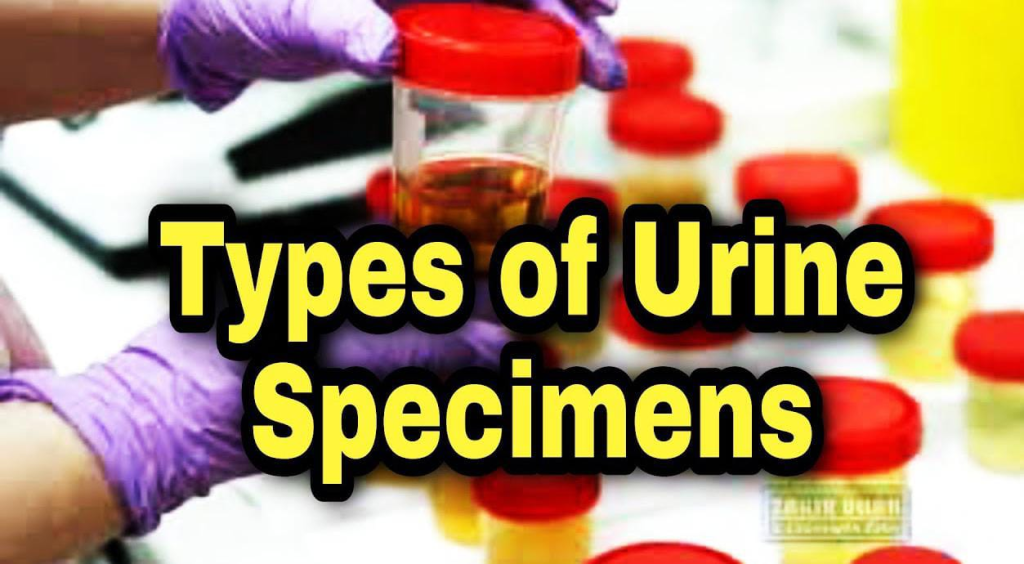
- Randomly collected specimen
- In a randomly collected specimen, urine is collected randomly at any time throughout the day. This specimen is rarely used.
- First morning specimen
- First morning specimen is collected early in the morning. First morning specimen is preferred for urinalysis and microscopic examination. This urine is more concentrated.
- Mid stream clean catch specimen
- Before collecting this specimen, the genital area is cleaned with soap and water and the starting urine is discarded and the mid stream urine is collected. This specimen is used for microbiological culture and sensitivity test.
- Collection of urine from catheter
- In this method, urine is collected from the catheter bag with the help of a syringe. Or it is evacuated directly from the catheter tube.
- Suprapubic aspiration
- In suprapubic aspiration, a needle is inserted through the abdominal wall into the bladder and urine is aspirated.
- 24 hours collection
- In this method, the first urine of the morning is discarded and then urine for 24 hours is collected. Some kind of preservative is added to the collection bag or bottle such as boric acid, fromeline, chloroform.
- Pediatric specimen
- In a pediatric specimen, a special collection bag is taken which is kept next to the genital area so that the urine is collected in that bag.
Write down different test of urine
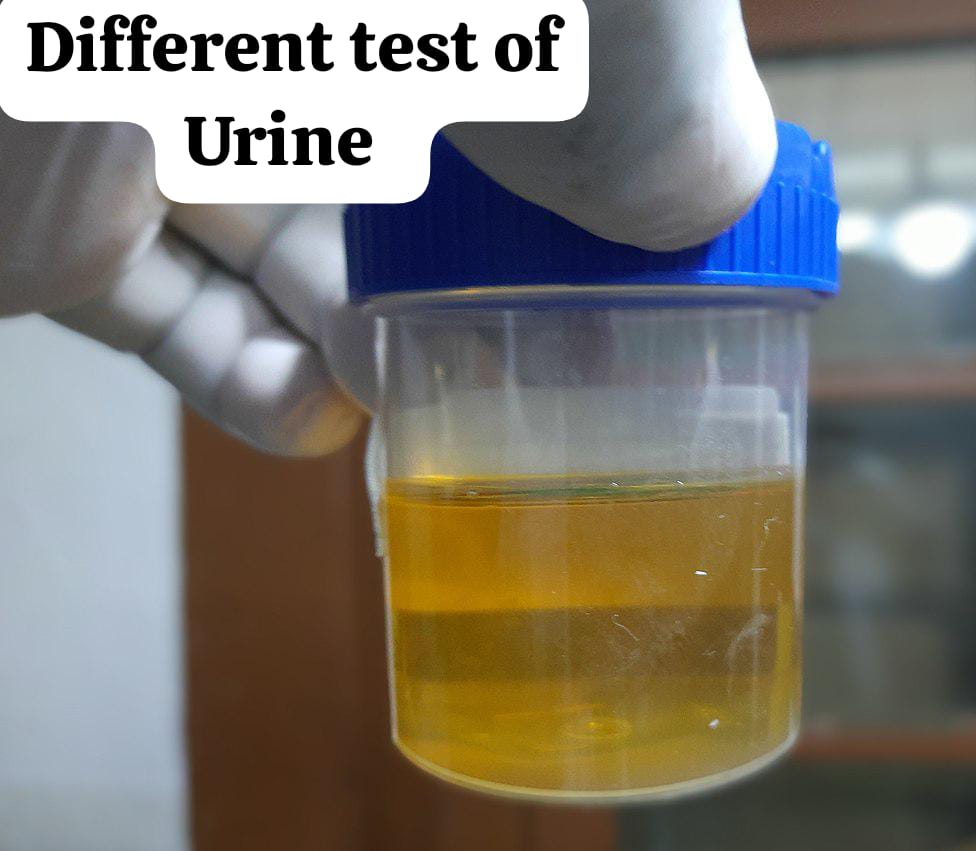
Benedict test
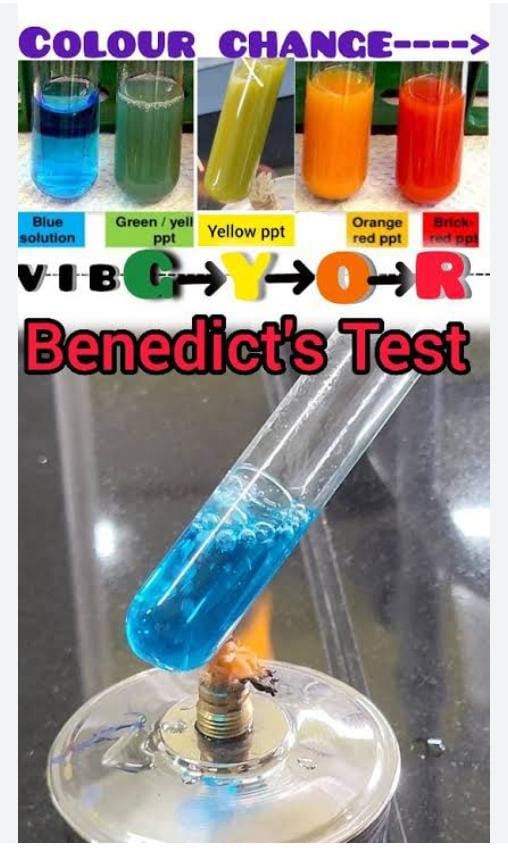
• Benedict test is used to detect sugar in urine.
• In which 5ml of Benedict solution is taken in a test tube and its purity is checked by boiling it.
• After it is checked, 8 drops of urine are added to it and it is boiled.
• Then it is allowed to cool and its color is noted.
• If blue color is seen, it means that there is sugar in the urine. Sugar is not present.
• If green colored liquid is seen then it is 1% sugar.
• If green colored liquid along with yellow deposit is seen then it indicates 2% sugar.
• If orange colored liquid is seen then it denotes 3% sugar.
• If liquid becomes red colored then it indicates 5% sugar Does.
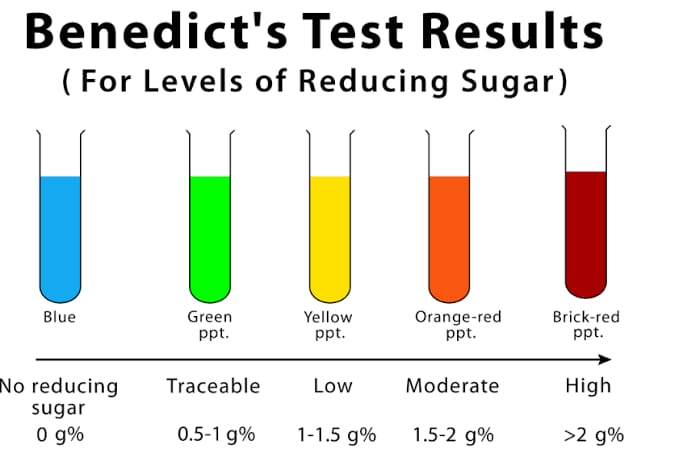
Hot test
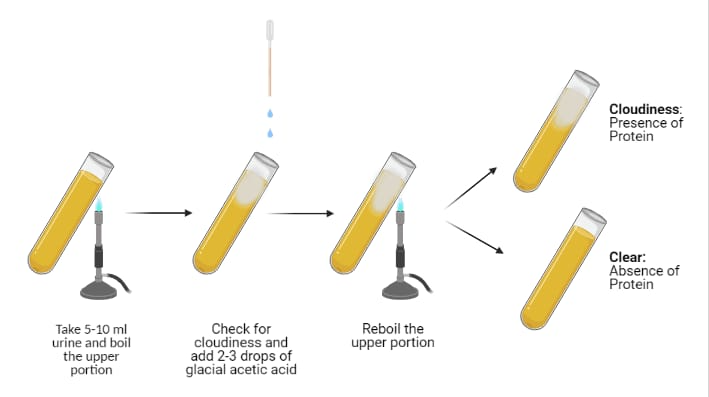
• Hot test is done to detect the presence of albumin in urine.
• In this test, 3/4 of the urine is taken in a test tube.
• If the urine is alkaline, acetic acid is added to it.
• After that, it is heated and boiled (the mouth is kept away from the test tube while heating)
• If phosphate or albumin is present in it, a cloud-like structure is seen in it. is.
• Therefore, acetic acid is added drop by drop to it.
• If this cloud remains present, it indicates the presence of albumin in the urine.
• If this cloud disappears, it indicates the presence of phosphate.
Cold test (Cold test)
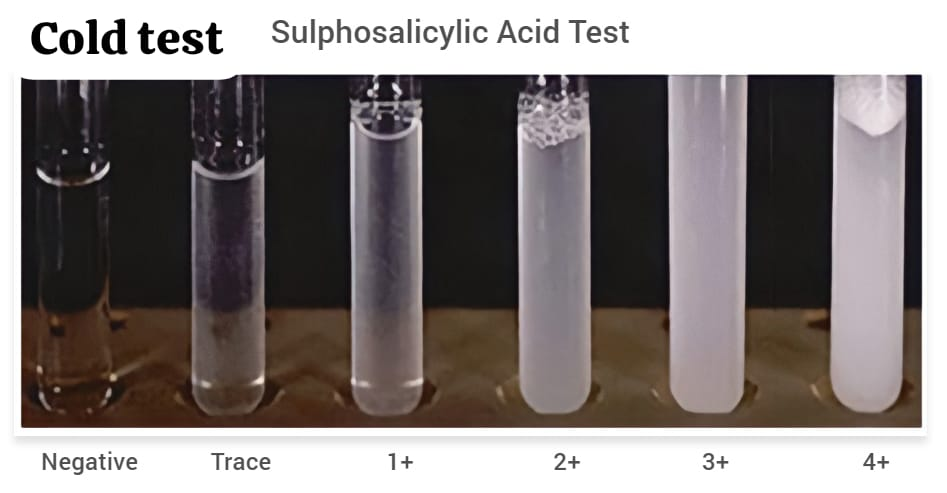
• Cold test is used to check the presence of albumin in urine.
• In which urine is collected in a test tube and allowed to cool.
• Then nitric acid or sulfosalicylic acid is added to it and it is observed.
• If a white precipitate is seen in it, it indicates the presence of albumin in the urine.
Hay’s test (Hay’s test)
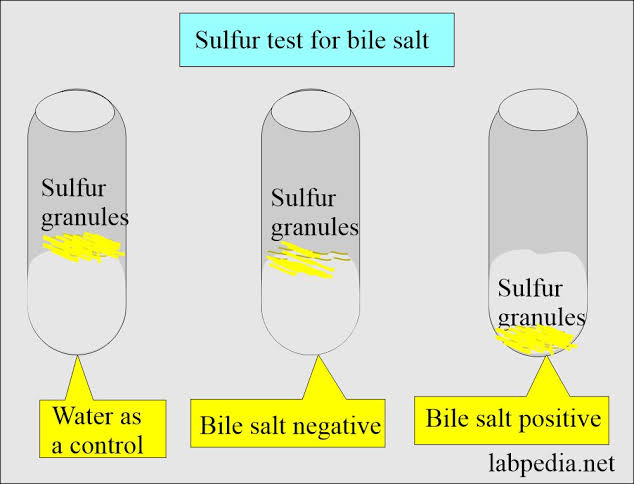
• This test is used to check the presence of bile salts in urine.
• In which a little urine (half a test tube) is taken in a test tube.
• In this test tube, sprinkled sulfur powder is added with urine.
• If this powder settles to the bottom of the test tube, it indicates the presence of bile salts in the urine.
• Since bile salts have low surface tension, they mix with sulfur and settle to the bottom.
Smith test

• This test is used to check whether bile pigment is present in urine or not.
• In which 5ml of urine and 2ml of iodine are taken in a test tube and mixed.
• If a green colored ring is seen near the junction of urine and iodine, it indicates the presence of bile pigment in the urine, i.e. the test is positive.
Rothera’s test
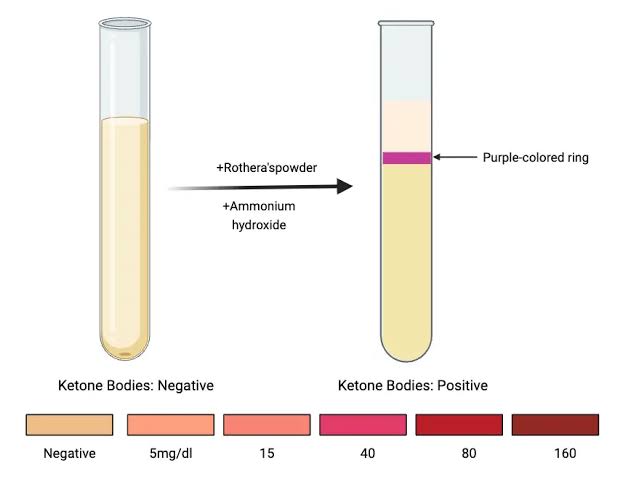
• This test is used to check whether acetone or ketone body is present in urine.
• In which 2cm of ammonium sulfate crystals are taken in a test tube.
• Urine equal to this ammonium sulphate is taken and a few drops of nitroprusside are added to it and it is shaken.
• Then add a little more ammonia to it and wait for some time.
• If a purple coloured ring is seen near the junction of ammonia and urine, it indicates the presence of acetone or ketone in the urine.
• This test is mainly used to identify diabetic ketoacidosis in patients with diabetes.
Sputum collection

• The secretion that is expectorated from the respiratory tract is known as sputum.
• Sputum collection is a procedure in which expectorated secretions are collected from the patient’s respiratory tract.
Purpose
• For gross appearance
• For microscopic examination
• For gram Straining
• For cytologic examination
Write down general instructions for the collection of sputum specimen
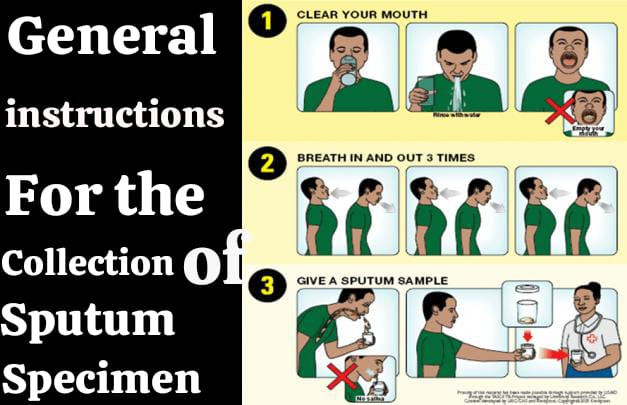
The mouth should be free from foreign particles.
- Ask the person to clean the mouth with plain water or filtered water before collecting the sputum.
- Mostly, the sample is collected in the early morning.
- The sputum sample is collected in a sterile container.
- Take 1-2 teaspoons of sputum sample in this sterile container. This container should not be filled more than half.
- Take special care not to mix saliva with the sputum sample because it can lead to faulty results.
- If there is difficulty in expectorating the sputum, then breathe deeply into a hot drink or steam vessel. So that the sputum can be easily expected.
Procedure
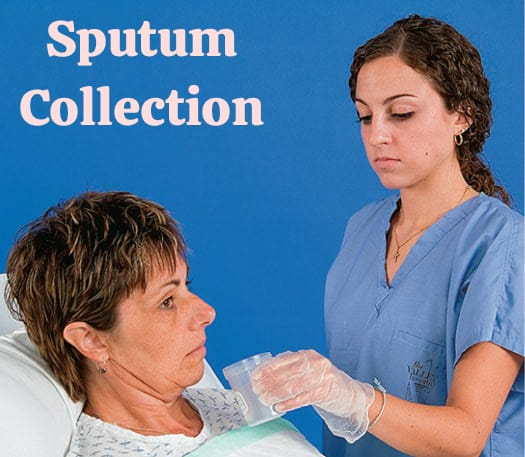
- Check the order of the physician or doctor.
- Identify the patient.
- Explain the procedure to the patient.
- Arrange the articles at the patient’s bedside.
- Wash hands.
- Ask the patient to clean the mouth with plain water before collecting sputum.
- Provide the patient with a labeled container.
- Tell the patient to be careful not to touch the inside of the container.
- Collect 15 ml of sputum.
- Ask the patient to take a deep breath and hold it for a few seconds and breathe out slowly.
- Repeat this process 3 times.
- Then ask the patient to blow hard during the third blow.
- During this, be careful not to touch the mouth of the container.
- Seal the container to prevent leakage and send it for examination as soon as possible.
- Replace all articles.
- Wash hands.
Stool collection

- Stool collection is a process in which the stool of the patient i.e. physis is collected for diagnostic purposes.
- Which is used to identify infectious organisms, mucus, fat, parasites and blood in the stool.
Purpose
- For microscopic examination
- For culture and sensitivity test.
Articles & equipments
- Specimen container
- Bedpan or commode
- Wooden spatula or applicator (for putting specimen into container)
- Tissue paper
- Laboratory request form
- Bed protecting material
- Jug of water
- Gloves
- Screen
Procedure

- Check physician or doctor’s order.
- Identify patient.
- Explain procedure to patient.
- Arrange articles at patient’s bedside.
- Wash hands.
- Provide labeled container and spatula to normal ambulatory patient.
- Instruct the patient to collect freshly passed stool.
- Collect 1/2 or 1 ounce (15-30 gm) of stool in a container.
- Take care not to contaminate the outer surface of the specimen bottle.
- While collecting stool, take care not to get urine, toilet tissue, menstrual bleeding in it.
- Provide privacy to the bedridden and helpless patient.
- Wear gloves.
- Place bed protecting material on the bed. So that the bed can be prevented from being contaminated.
- Place the patient in supine position.
- Help the patient to place the bedpan under the buttocks and ask the patient to defecate.
- Then leave the patient alone and ask the patient to notify after defecation.
- Then remove the bedpan. And replace it with another bedpan for cleansing purposes.
- Provide the patient with a comfortable position.
- Collect the specimen in a container and send it to the laboratory for sampling.
- In young children and infants, wrap the diaper in plastic and collect the stool specimen from it. During this, use a urine bag so that the stool can be prevented from being contaminated with urine.
- Send the collected specimen for examination as soon as possible.
- Take the specimen collected for culture in a sterile container.